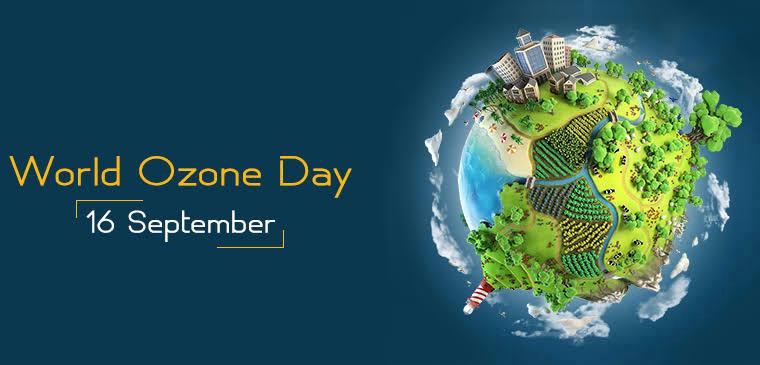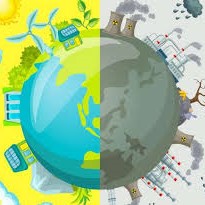
Every year from 1994 as designated by UN General Assembly, September 16 has been globally observed as International Day for the Preservation of the Ozone layer, commemorating the Montreal Protocol in the Vienna Convention signed in the year 1987. “Ozone Day” is celebrated every year to spread more awareness regarding the conservation of the ozone layer and to build new strategies to preserve it. The prime objective of the deal was to reduce the utilization of the ozone-depleting chemicals and gradually heal the ozone layer.
In 1987, the Montreal Protocol was testified by United States and 45 more countries which would build an inherent protocol to phase out using of ozone-depleting substances. As of 2019, 197 countries in the world have ratified the treaty. This initiative has reduced and further prevented the large scale depletion of the ozone layer and the relative harmful consequences.
So, what is this ‘ozone layer’ and why is it of ‘global importance’?
The ‘ozone layer’ is a essential part of atmospheric layers, forming a thinner layered film in the stratosphere. This ‘ozone layer’ is the ‘guarding hero’ which filters the harmful rays of sunlight to reach the earth, thereby protecting the Earth from the harmful ultraviolet radiation of the sun. If the ozone layer starts depleting, the lives on earth would be highly vulnerable to impaired immune systems, cataracts and skin cancer. Also, ozone is inherently created in Earth’s atmosphere by the consistent interaction of oxygen with the ultraviolet light, however, man-made chemicals (chlorofluorocarbons and hydrochlorofluorocarbon) that are released into the atmosphere disrupt the process.
In 1974, a Nobel prize discovery revealed that ozone layer could be depleted by utilizing chlorofluorocarbons or CFCs. Following which, in 1985, ‘ozone hole’ formation was reported by reported.
‘Ozone hole’ is basically large-scale thinning of the ozone layer that develops over Antarctica at every recurrent austral spring.
According to the reports, it takes decades to cleanse out CFCs and other ozone degrading chemicals from the atmosphere. Even as Montreal Protocol was implemented, the concentration of these substances did not reach the ‘peak’ until 1998 and is still in large quantities.
So, ozone layer protection gradually developed a subject of global interest, as stratospheric ozone is a guarding layer against ultraviolet radiation.
World Ozone Day 2020: “Ozone for Life”
The theme or slogan to celebrate the World Ozone Day 2020 is ‘Ozone for Life’. As we celebrate 35 years of global ozone protection, it is global reminder and nurturing self-realization that Ozone layer is crucial for a healthy life on Earth and we, as the mindful living beings on Earth should take steps to conserve it, thereby guarding our own lives. At the same time, it is our duty to continue to protect the ozone layer for our forthcoming generations.
Our gradual steps are building up to conserving the ozone layer. In 2016, the Montreal Protocol was amended further to phase out hydrofluorocarbons which are the peculiar coolants and powerful greenhouse gases utilized in air conditioners and refrigerants.
It has been reported by scientists through their general consensus that the ozone layer is on track and expect to recover nearly around 2060, give or take a decade. It has been further proclaimed that the stability of ozone layer is intricately connected with the climate change.
In the present crisis of Covid-19, Earth’s Ozone layer is subjected to significant healing triggered by the decreasing pollution rates. Experts have also concluded that the Coronavirus outbreak has increased the pace of healing and recovery.
Though, let’s not take any recovery reports for granted and continue to be alert and aware in terms of guarding the “Ozone layer’.


